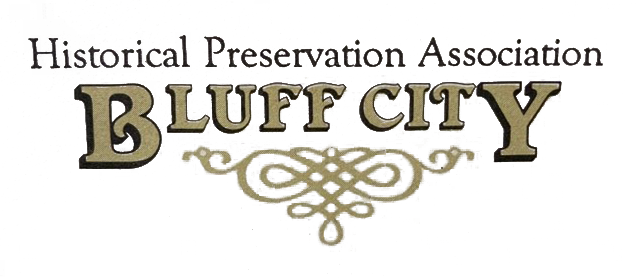Map
The Bluff River Trail links environmental micro-communities to their big desert river, the San Juan. Here you'll sample the rich natural history of a river in the heart of the Colorado Plateau. Trail travel is by foot, bicycle, and hoof only. No motorized vehicles, please. The trail system uses public and private lands. Respect for all land keeps these trails open to the public. Access is free. Check locally for all current trail conditions as weather can be a factor.
-From the Bluff City Historic Preservation Association (2003) Bluff River Trail: A Gift to Us All.
See images and descriptions of trail segments below.
-From the Bluff City Historic Preservation Association (2003) Bluff River Trail: A Gift to Us All.
See images and descriptions of trail segments below.
| bluffrivertrailmap_2023.pdf |


